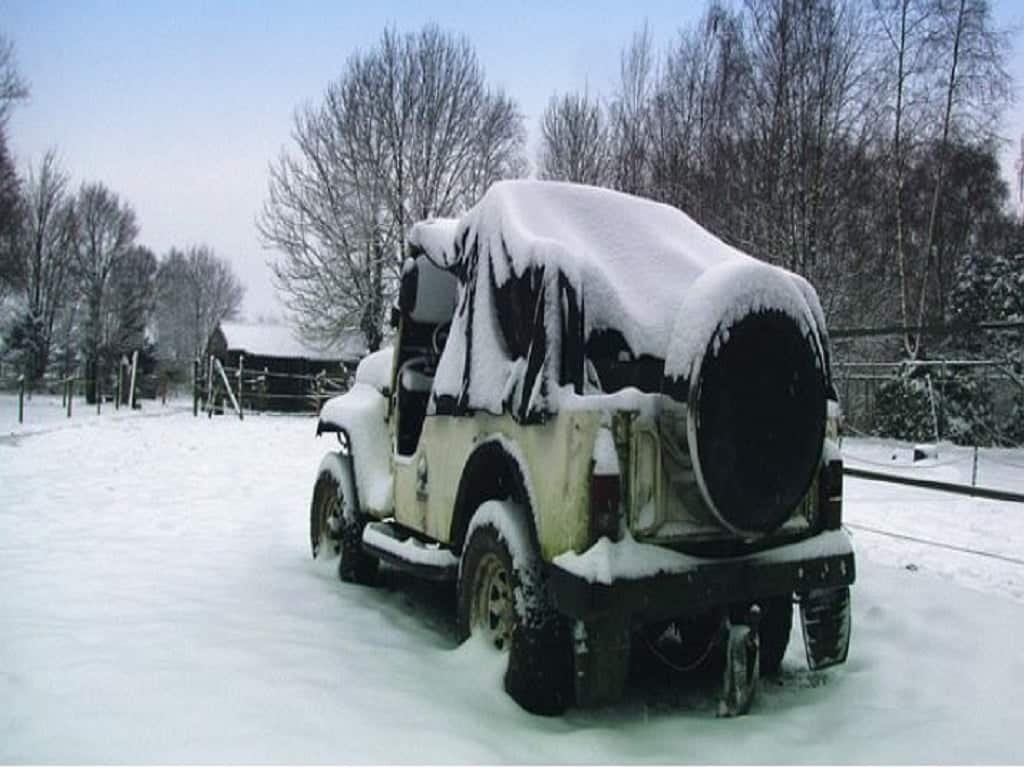While you may strive to have smooth and trouble-free journeys, unexpected road issues can sometimes arise, leaving you frustrated and unsure of how to proceed. This article will explore various unexpected road issues that drivers may encounter and provide practical tips on dealing with them on the go. By being equipped with knowledge and a calm approach, you can navigate these challenges and get back on track safely and efficiently.
Vehicle Problem in a Different State
Experiencing a vehicle problem in a different state can be particularly challenging, as you may be unfamiliar with local resources and support systems. If you have a roadside assistance membership or coverage through your auto insurance, contact the provider for assistance. They can help arrange towing services, recommend nearby repair shops, or dispatch a mechanic to evaluate and repair your vehicle.
Alternatively, reputable Road Runner vehicle transport service providers suggest you have your vehicle shipped back home, where you can have your trusted mechanic assess and repair it properly. Depending on the severity of the vehicle problem and the repair timeline, you may need alternative transportation while your vehicle is being fixed.
Flat Tire
A flat tire is one of the most common road issues that drivers may face. Once you realize you have a flat tire, slow down gradually and find a safe spot away from traffic to pull over. Turn on your hazard lights to alert other drivers of your presence. If you have the necessary tools (spare tire, lug wrench, and jack) and feel comfortable doing so, you can change the tire yourself.
Consult your vehicle’s manual for specific instructions on properly changing a tire. On the other hand, if you cannot change the tire yourself or do not have the necessary tools, call for roadside assistance. Many auto insurance providers offer this service, or you can contact a towing company for help.
Read More: How to Budget Your Orlando Vacation?
Engine Trouble
Experiencing engine trouble while driving can be alarming, but there are steps you can take to manage the situation. Try to navigate safely to the side of the road or a nearby parking lot. Once you have parked in a safe location, turn off the engine and open the hood to let it cool down. Assess the situation.
If you are comfortable doing so, check for any visible issues, such as loose or disconnected hoses or wires. However, exercise caution, as the engine and surrounding components may still be hot. Conversely, if you cannot identify or resolve the problem, call for roadside assistance or a qualified mechanic to assess and repair your vehicle. If the issue is severe or you need immediate assistance, consider contacting a tow service in KCK, or a place near you, to safely transport your vehicle to a repair shop. This can ensure that your vehicle is handled professionally and that you are able to get it back on the road as quickly as possible.
Running out of Fuel
Running out of fuel can be inconvenient, but you can handle this situation with these steps. Once you realize you are running out of fuel, turn on your hazard lights to alert other drivers. Assess your surroundings for visible fuel stations or ask locals for the nearest one.
Use your navigation system or map app to guide you. If you cannot reach a fuel station alone, call for roadside assistance or a friend or family member who can bring you fuel. To prevent future occurrences, regularly monitor your fuel gauge and plan your trips with fuel stops in mind, especially during long journeys.
Getting Lost
Getting lost in an unfamiliar area can be disorienting, but there are strategies to help you find your way back on track. Stay calm and pull over. Avoid making sudden turns or decisions. Instead, find a safe place to pull over and gather your thoughts. Consult your GPS navigation system or smartphone map app to determine your location and find the correct route.
Ensure your device is updated with the latest maps and directions. If you cannot rely on navigation tools, don’t hesitate to ask locals or nearby businesses for directions. Most people are happy to help and provide guidance. To prevent future instances of getting lost, plan your route, familiarize yourself with the area, and have a backup map or directions available.
Adverse Weather Conditions
Encountering adverse weather conditions can be challenging, but some tips can help you navigate safely. Reduce your speed and allow for a greater following distance to account for reduced traction and longer stopping distances. Turn on your headlights to improve visibility and ensure your windshield wipers are in good condition for clear vision.
If weather conditions become severe, such as heavy rain, snow, or thick fog, consider finding a safe place to pull over until conditions improve. Before embarking on a journey, check weather forecasts and road condition reports to be aware of any potential hazards or advisories.

While unexpected road issues can be inconvenient and frustrating, being prepared and knowing how to handle them can make all the difference. By following the tips outlined in this article, you can effectively navigate these challenges and ensure your safety on the road. With preparation and the right approach, unexpected road issues can be resolved, allowing you to continue your journey with peace of mind.
Read More: Saving Money on Accommodations: Insider Tips















